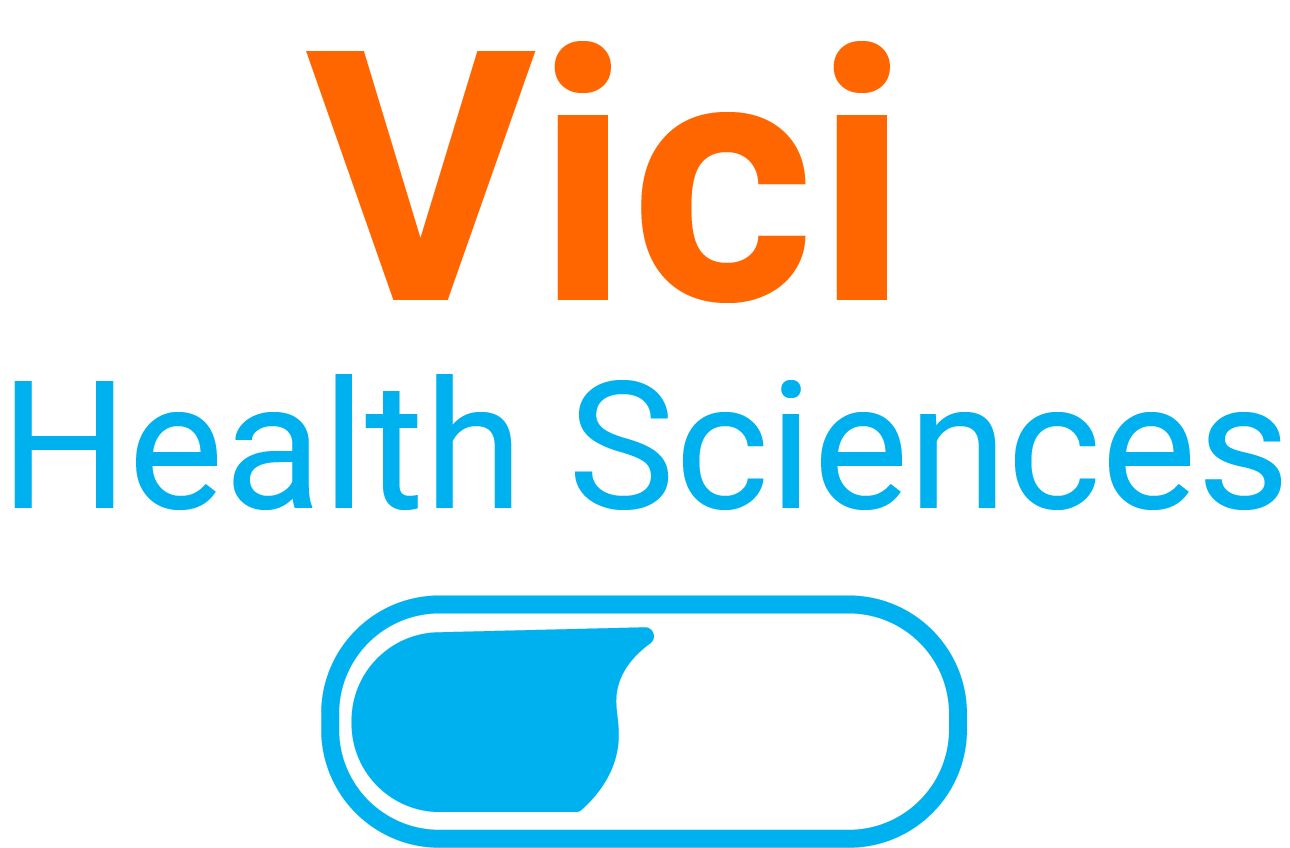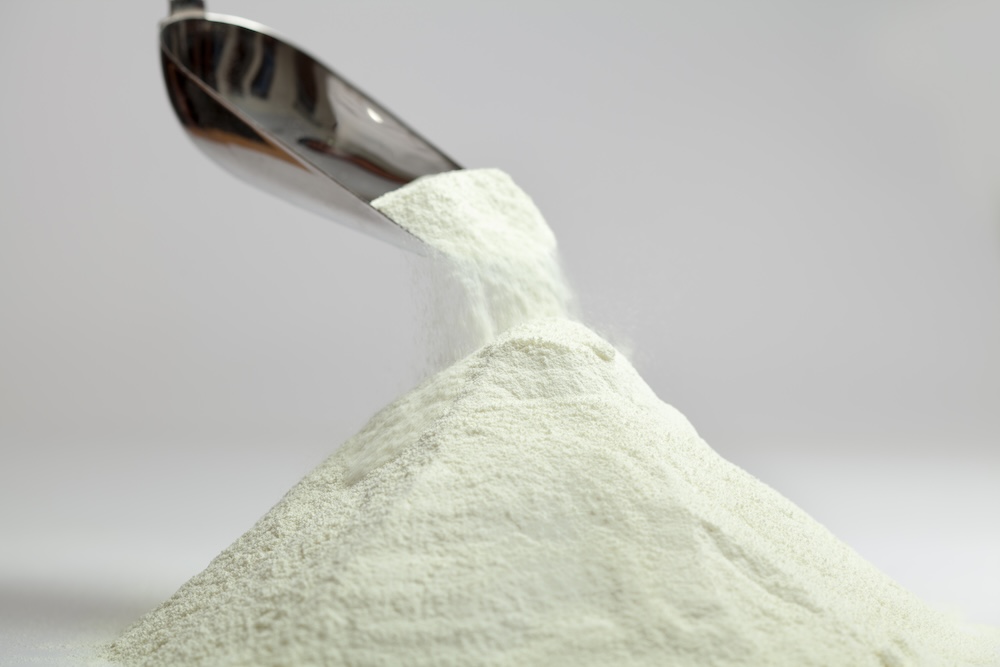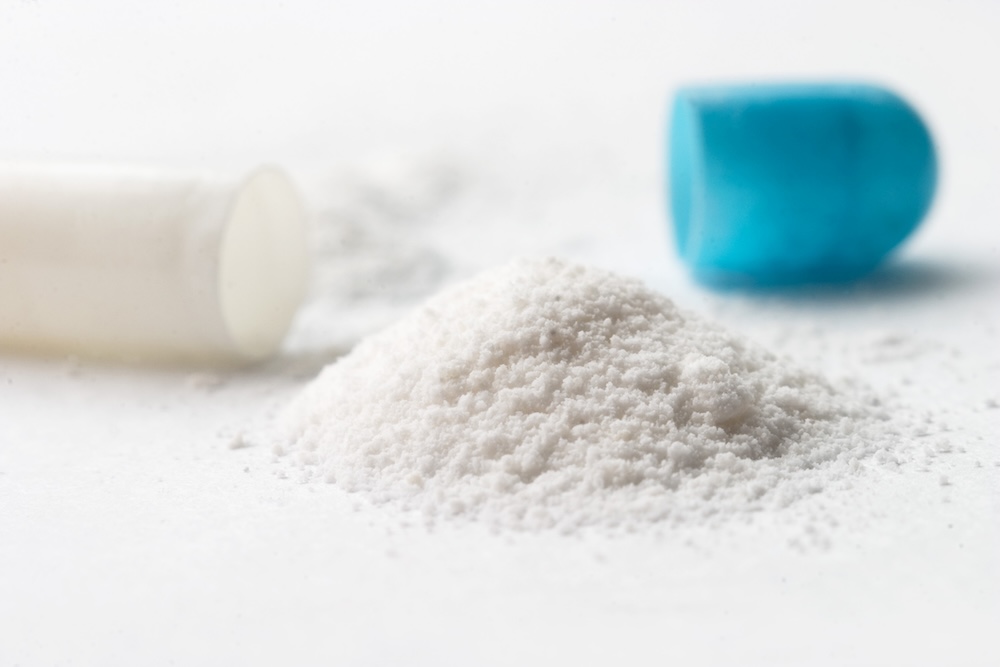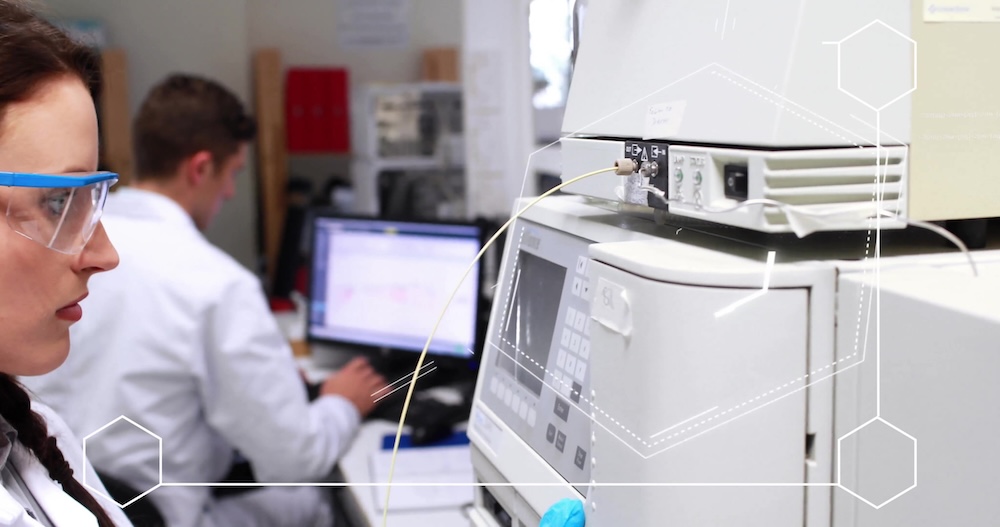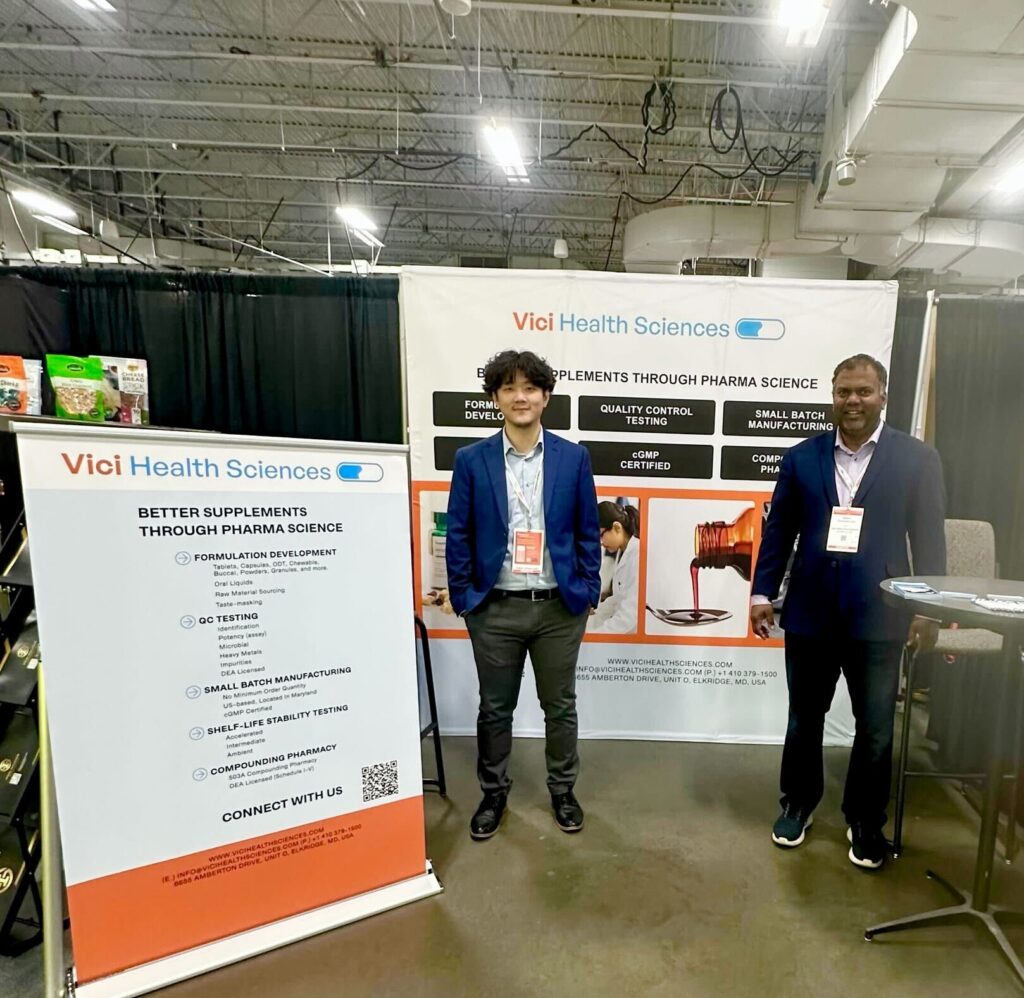Drug development is a complex and highly regulated process that necessitates ongoing validation to ensure drug product safety and efficacy. A phase appropriate method validation technique is applied at each step of drug development; with flexibility being provided in the initial stages where the methods can change. As the phases advance toward clinical use, strict monitoring becomes imperative. This allows for the fulfillment of regulatory checkpoints and saves money by eliminating unnecessary validation processes at the outset. Pharmaceutical companies can save their resources and help drug development become more cost-effective by applying only the required operations for each stage. Furthermore, validation of the analytical method ensures that methods adopted will be reliable, repeatable, and suitable for intended use, which therefore provides a proper estimation of critical quality attributes. Lastly, phase-specific validation complies with strict quality standards and regulations and takes the process of drug development from an early development stage and brings it to market approval while ensuring a safe and effective drug product.
Understanding the Role of Phase-Appropriate Validation in Drug Development and Approval
This type of development timeline, with each clinical stage of the product development having different demands and risks, needs a phase-appropriate validation approach. The Food and Drug Administration (FDA) and the European Medicine Agency (EMA) suggest that a tailored validation approach to the needs of each drug development stage should be preferred. The International Council for Harmonization (ICH), provides clear guidelines on validation, especially ICH Q2, that clearly shows what is expected at different validation stages, thereby requiring strict validation in later stages and flexibility in earlier stages. While the drug goes through the clinical phases, the validation becomes more significant for proving efficacy and ensuring safe and reliable data to be used in safety reviews. Let’s take a look at how validation processes adapt to every stage of the clinic:
1. Pre-Approval Phase
This stage includes preliminary validation operations for Investigational New Drugs (INDs), which provide the groundwork for all subsequent clinical phases. Important processes include process qualification, which validates manufacturing equipment and facilities to ensure they fulfill safety, quality, and consistency requirements. The initial validation of testing equipment ensures that the equipment is trustworthy and accurate. Furthermore, preliminary viral clearance tests for biologics and blood products are required to assure that they are free of dangerous viruses before being delivered to humans. These pre-approval activities create a baseline for future safety and effectiveness studies during the medication development process.
2. Early Phase (Preclinical to Clinical Phase I)
Early-phase trials, that includes preclinical studies and Clinical Phase I, primarily focus on evaluating the safety, tolerability, pharmacokinetics, and pharmacodynamics of the drug. Animal models are frequently used in preclinical studies, while healthy volunteers are often involved in Clinical Phase I studies. The focus here is to establish basic pharmacodynamic effects that set the stage for further development. Importantly, Phase I trials need only meet minimum regulatory requirements, as the focus is on exploring fundamental aspects of the drug’s behavior. If a drug fails to progress beyond Phase I, additional validation is not necessary, thus conserving resources. The phase-appropriate approach here ensures efficient use of resources, prioritizing successful outcomes without overburdening the early phases with excessive validation.
Clinical Phase I Appropriate Validation Activities:
-
- Qualified Facility Production: IND products must be manufactured in a facility that meets qualified standards.
- Test Method Qualification: Validation ensures that test methods provide accurate and reliable results.
- Sterilization Validation: For injectable products, the sterilization process must be validated to confirm it effectively eliminates any microorganisms.
- Authorized Oversight: In Europe, an “Authorized Person” oversees manufacturing and quality control as required by the EMA.
3. Mid-Phase (Clinical Phase II)
Moving towards Clinical Phase II, the progression is based on safety data and preliminary efficacies obtained in the first phase. Validation becomes a focus on a more significant number of parameters including specificity, accuracy, precision, and linearity. These validating measures ensure that any data obtained are substantial enough to make their way into clinical choice-making and the further development of a drug. In addition, the application of more and more quantitative methods makes scientifically supported evaluations of a substance’s potency and efficacy possible. It is at this stage that about 50% of drugs advance into Phase III, thus underscoring the importance of proper validation.
Clinical Phase II Appropriate Validation Activities:
-
- Analytical Procedure Validation: Ensures reliability in testing the IND product.
- Master Plan Development: A comprehensive validation master plan is established for the IND product’s development.
- Small-Scale Development Batch Validation: Small batches of the IND product are manufactured and validated to assess consistency.
- Master Plan Approval: This plan is reviewed, approved, and a change control system is implemented for any necessary adjustments.
4. Late Phase (Clinical Phase III to Commercialization)
Clinical Phase III studies are designed to confirm the drug’s efficacy in a larger population and monitor potential adverse effects in a diverse patient group. These experiments are highly resource-intensive and can cost as much as billions of dollars. Since the success ratio for validation processes is approximately 80%, validation processes have to be sound enough to ensure that the drug can easily meet strict standards set for regulatory approval. Drug repurposing is another popular approach that allows existing drug molecules with established safety profiles to bypass some early phases of drug development process. Thus moving directly towards Clinical Phase II or III and reducing the development time and cost. However, drug repurposing would still require stringent validation to confirm its efficacy for new indications.
Clinical Phase III Appropriate Validation Activities:
-
- Production-Scale Validation: This involves validation of large scale manufacturing processes including equipment and utilities.
- Product-Specific Validation: Specific activities, such as media fills and filter validation, are conducted to meet product standards.
- Terminal Sterilization Validation: For terminally sterilized products, this process is validated to ensure microorganism elimination.
- Validation Batch Production: Conformance batches are manufactured to demonstrate consistent production according to the validated process.
5. Post-Marketing Surveillance (Clinical Phase IV)
After the approval of a drug product to be marketed, real-world evidence is collected to ensure long-term safety and efficacy of the drug product in a diverse population of patients. Post marketing surveillance is requirement of the regulatory bodies like FDA and EMA to identify any potential adverse effects or outcomes that have not been reported during the previous clinical phases.1,2 Quality by Design (QbD) principles can guide validation processes in this phase, emphasizing a systematic approach that ensures analytical methods remain robust and reliable.3 This is particularly important as analytical methods must be able to handle real-world data complexities, including variations in patient demographics and treatment regimens.
Clinical Phase IV Appropriate Validation Activities:
-
- Master Plan Review: The validation team reviews the master plan, ensuring all requirements are met.
- Quality Assurance (QA) Sign-Off: Final approval is provided by the QA team, confirming adherence to quality standards.
Validation Parameters for the Analytical Procedures
As the drug development enters the clinical phases, more reliable analytical procedures are required to correctly evaluate the safety and efficacy of the product. ICH Q2(R2)4 and United States Pharmacopeia5 have outlined some essential validation parameters for analytical procedures:
Your Catalyst to Market
Phase-appropriate method validation is a highly valuable approach for the pharmaceutical companies burdened by drug development’s complexity. This structured approach enables pharmaceutical companies to reduce the risks, enhance efficiency, and ensure patient safety throughout the drug development lifecycle. These phase-specific enables the pharmaceutical companies to achieve accelerated timelines, better resource allocation, and adherence to regulatory standards.
As a company founded and led by formulation scientists, Vici is well-versed in the nuances and requirements of each stage and we’re experts in providing tailored, client-centered solutions for better R&D outcomes. Contact us today to see how Vici can be the catalyst to accelerate your drug development program to market.
References
1. Kang SL, Kwon JY, Kim SM. Insights into Post-Marketing Clinical Validation of Companion Diagnostics with reference to the FDA, EMA, PMDA, and MFDS. Molecular Therapy Methods & Clinical Development. 2024.
2. Yu JH, Lee S, Kim YJ, Kim WY, Lee MJ, Kim Y. Assessing Post‐Marketing Requirements for Orphan Drugs: A Cross‐Sectional Analysis of FDA and EMA Oversight. Clinical Pharmacology & Therapeutics. 2024.
3. Khan A, Naquvi KJ, Haider MF, Khan MA. Quality by design-newer technique for pharmaceutical product development. Intelligent Pharmacy. 2024;2(1):122-129.
4. ICH. International Conference of Harmonization: ICH Q2(R2) Validation of analytical procedures – Scientific guideline. 2024.
5. USP. The United States Pharmacopeia (2024) Validation of Compendial Methods. 48th Edition (USP-NF 2024), Rockville. 2024.


